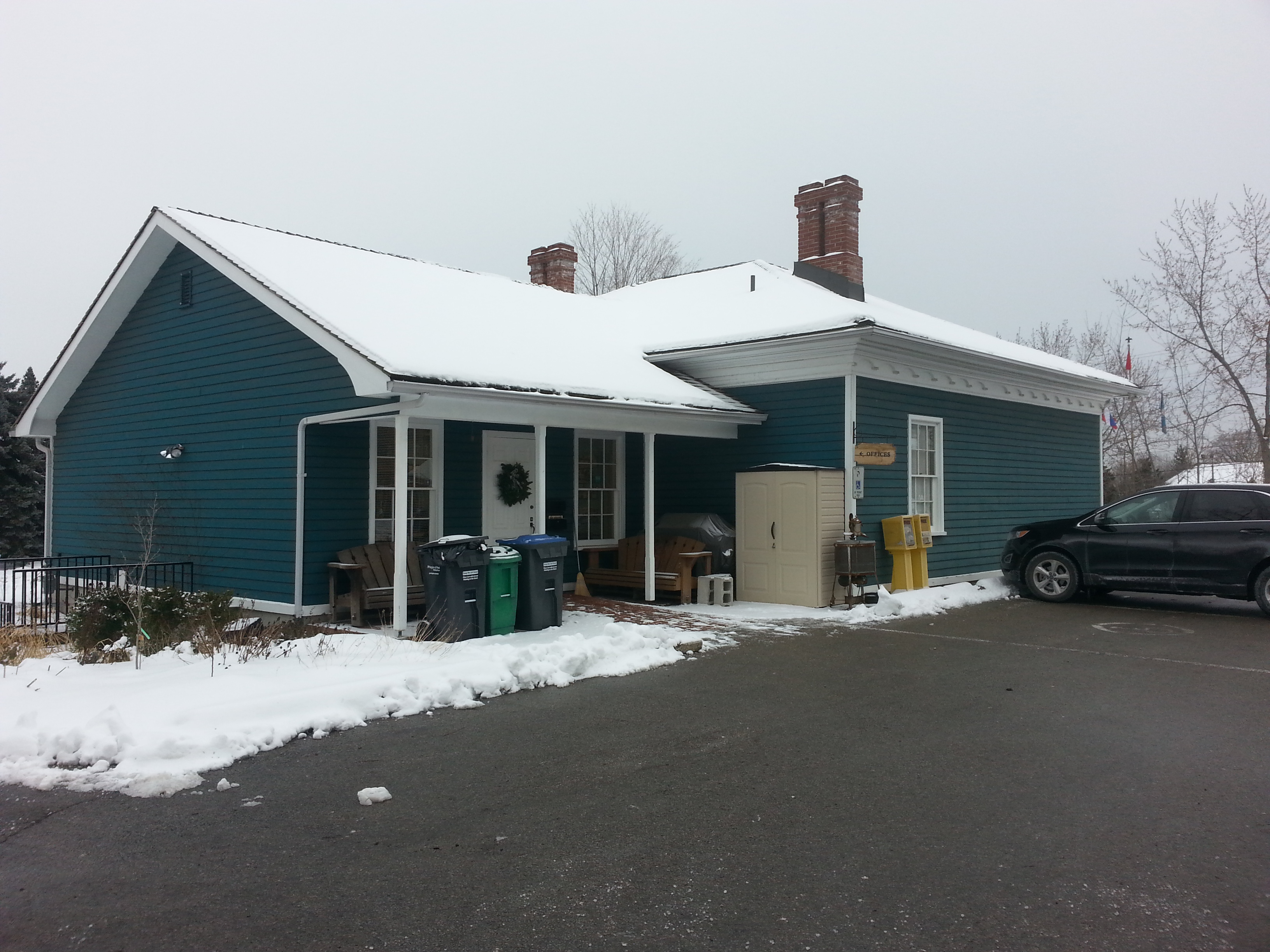By Lucas Braszak
When looking at the cozy home that became the makeshift centre for the activities of Heritage Mississauga, it looks like nothing more than a relic of the early days of Canadian settlement. However, what may seem like an afterthought is a haven of historical information that would fascinate anyone.
 The Robinson-Adamson house. Also known as "The Grange."
The Robinson-Adamson house. Also known as "The Grange."
While serving as the site of my internship, the home that is nicknamed “The Grange” seems to be just a place where I do my research and studies. However, the presence of myself and the Heritage Mississauga staff are just a small part in the long rich history that this home has experienced, serving as the home to multiple personalities that have contributed to the growth and development of this city and even Canada.
Right from the start this home had served a special purpose. It was built in 1828 for Sir John Beverley Robinson, the man who served as the very first Chief Justice of Upper Canada, and served as not only a government office but also his personal rural retreat from his daily activities.
 John Beverely Robinson. Image found on http://www.lsuc.on.ca/uploadedImages/PDC/Archives/Virtual_Museum/John_Be...
John Beverely Robinson. Image found on http://www.lsuc.on.ca/uploadedImages/PDC/Archives/Virtual_Museum/John_Be...
After changing possession throughout the decades, it also became the home of Doctor Beaumont Wilson Bowen Dixie in 1843, who was a famed doctor and surgeon of the area that was loved by many for his work. The Grange also eventually became the home to other local legends such as Reverend Dean Henry Grasett of St. James Cathedral in Toronto (1878), and George Schreiber, the husband of the artist Charlotte Schreiber (1892).
The tenants who lived in the home the longest were the family of Henry Harvie Adamson. Buying the home in 1910, the family lived in the home until 1973, while keeping an orchard to farm and a stable to house horses for E.P. Taylor.
With its preservation ensured by community historians following the land being purchased by the Cadillac Fairview Corporation in the 1970’s, the Grange that is now also known as the Robinson-Adamson house remains as a local touchstone of Mississauga’s history. Being used to working here, I often don’t remember just how significant it is of a site that has seen so much of Mississauga’s history is able to persist today; the memories that were made and shared by those who lived here, and the contributions towards developing Mississauga as a city made by these very people as well lie underneath the wooden floors of this early 19th century home. The Grange is a place of historical integrity and I am confident that it would continue to do so long after I have finished my tenure here.
For more blogs by my classmates, go here http://sites.utm.utoronto.ca/historyinternships/blog
And for more on Heritage Mississauga and the Grange, go here http://www.heritagemississauga.com/index.php
